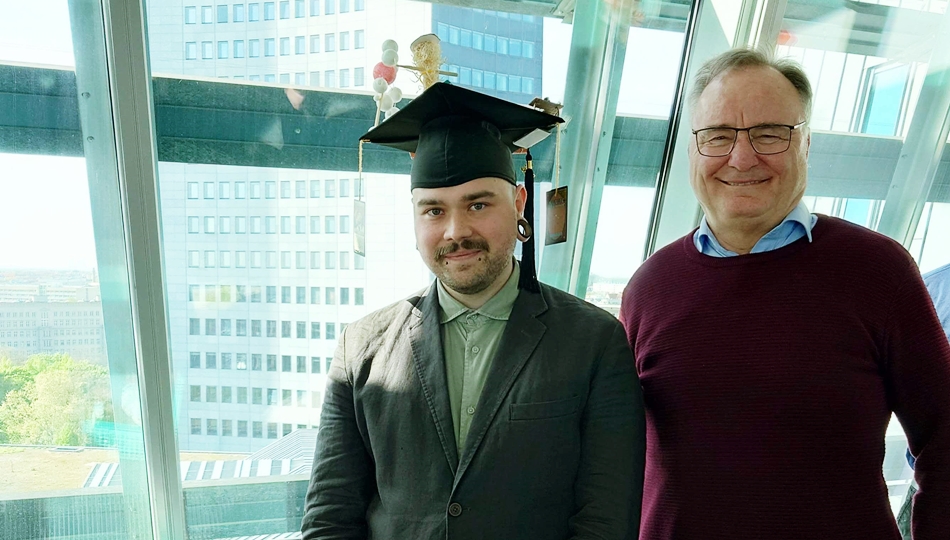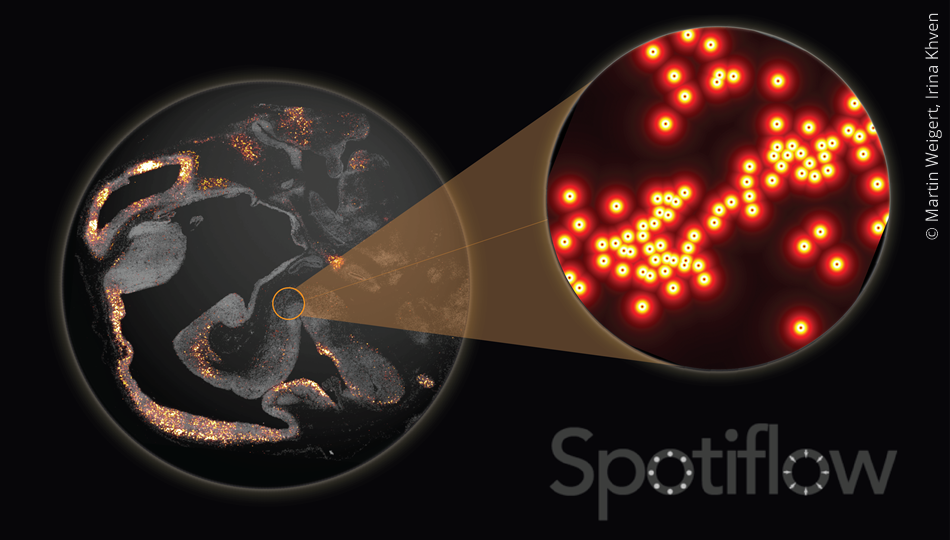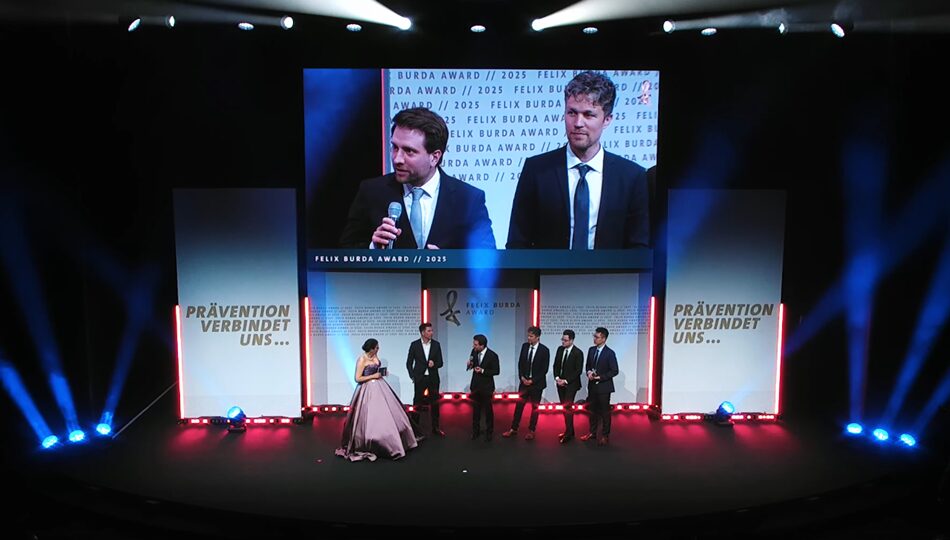23. November 2016
Multi-scale visualization – The key to an enhanced understanding of materials
In the computer-assisted design of fibre-reinforced composites for lightweight structures, their hierarchical structure must be taken into account. This includes fibres, matrices and rovings to reinforcing textiles, individual layers and multi-layered composites. This hierarchical approach also needs to be applied as components are joined to form structures and multiple structures interact within the overall system. The availability of a suitable simulation model for each scale is therefore a prerequisite for targeted, efficient system development. Up to now, it has nevertheless not been possible to implement a user-friendly cross-model concept which enables the multi-scale visualisation of individual sets of simulation results.
Jointly developed by the Institute of Lightweight Engineering and Polymer Technology and the Chair of Computer Graphics and Visualization (both part of TU Dresden) within the framework of ScaDS Dresden/Leipzig – Competence Center for Scalable Data Services and Solutions, this solution is the first to facilitate the consistent visualisation of simulation results across all scales (Figure 1). The browser-based software demonstrates the potential offered by multi-scale visualisation in terms of gaining an enhanced understanding of material behaviour. Our example uses simulation data generated during the development of an adaptive leaf spring within the framework of special research project SFB 639.
The video shows the range of functions and the advantages of the browser-based software. The software will be presented to a wide range of potential users at the trade fair Composite Europe – 11. Europäische Fachmesse & Forum für Verbundwerkstoffe, Technologien und Anwendungen, 29.11. – 1.12.2016, Messe Düsseldorf. Then the prospective customers can independently use the software and make their own impression of their possibilities.

Contact
- R. Höhne, B. Grüber, M. Gude, Institute of Lightweight Engineering and Polymer Technology, TU Dresden
- J. Staib, S. Gumhold, Chair of Computer Graphics and Visualisation, TU Dresden






